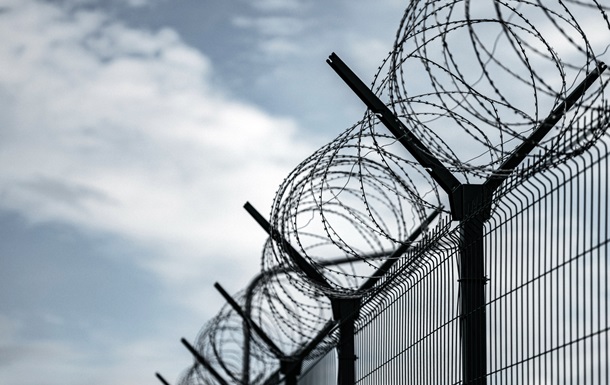Штроблення стін

Технології та особливості робіт від Електрик в Києві
Штроблення стін є важливим етапом будівельних робіт, який вимагає професійного підходу та використання відповідного інструменту. Цей процес полягає в створенні канавок або углублень у стінах для розміщення електропроводки, трубопроводів або інших комунікаційних систем. У цій статті ми розглянемо різні аспекти штроблення стін, технології виконання цих робіт та особливості використання різних інструментів електриком www.electron.kiev.ua.
Технологія штроблення стін
Процес штроблення стін може бути реалізований за допомогою різних методів та інструментів. Основні етапи цього процесу включають:
- Підготовка: перш ніж розпочати штроблення, необхідно підготувати робочу область, захистити прилеглі поверхні від пилу та забруднень, а також забезпечити безпеку робітників.
- Вибір інструменту: для штроблення стін можуть використовуватися різноманітні інструменти, такі як перфоратори, болгарки, штроборізи та інші. Вибір інструменту залежить від конкретних умов роботи та вимог проекту.
- Штроблення: після вибору інструменту розпочинається процес штроблення, під час якого створюються необхідні канавки або углублення у стінах. Цей процес може бути виконаний як вертикально, так і горизонтально, в залежності від потреб проекту.
- Обробка канавок: після завершення штроблення необхідно обробити отримані канавки, видалити залишки матеріалу та забезпечити готовність для подальшого монтажу комунікаційних систем.
Особливості використання інструментів
Різні інструменти для штроблення стін мають свої особливості використання:
— перфоратори: цей інструмент дозволяє швидко та ефективно виконувати роботи з штроблення, особливо в бетонних конструкціях.
— болгарки: використання болгарок може бути менш шумним, але вимагає відповідних заходів безпеки та контролю пилу.
— штроборізи: штроборізи дозволяють точно та швидко виконувати роботи з штроблення, але вони можуть бути менш універсальними, ніж інші інструменти.
Під час штроблення стін для прокладання кабелю можуть використовуватися різні укладки в залежності від типу стіни, призначення прокладки та вимог проекту. Ось декілька типових укладок кабелю під час штроблення:
- Поверхнева укладка: кабель просто закладається в готові канавки або углублення, які створюються під час штроблення. Цей метод підходить для внутрішньої електропроводки в житлових приміщеннях, де не потрібно додаткової захисту кабелю.
- Вкладена укладка: кабель розміщується в спеціальних гофрованих трубах або каналах, які закладаються в штроби перед заливкою стін. Цей метод забезпечує додатковий захист кабелю від механічних пошкоджень та сприяє його легкому доступу для обслуговування та заміни.
- Складна укладка: кабель прокладається в спеціальних монтажних коробках або каналах, які вбудовані в стіну перед заливкою. Цей метод використовується в приміщеннях зі складними архітектурними рішеннями або в місцях, де необхідно забезпечити надійний захист кабелю.
- Підпільна укладка: кабель прокладається під підлогою або в підвалі приміщення, використовуючи спеціальні канали або труби. Цей метод часто використовується в комерційних або промислових будівлях для прокладання мережі електроживлення.
Кожен з цих методів має свої переваги та недоліки і вибір конкретного способу укладки кабелю залежить від вимог проекту, архітектурних особливостей будівлі та умов роботи. Важливо також дотримуватися всіх вимог технічних нормативів та безпеки під час прокладання кабелю під штроблення.
Висновок
Штроблення стін є важливим етапом будівельних робіт, який вимагає професійного підходу та використання відповідного інструменту. Правильне виконання цих робіт допомагає забезпечити безпеку, ефективність та якість будівельних конструкцій. Обережне планування та вибір відповідного інструменту допомагають забезпечити успішне виконання цих робіт. Замовляйте послугу електрика на сайті www.electron.kiev.ua


 4294
4294












